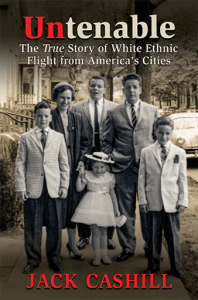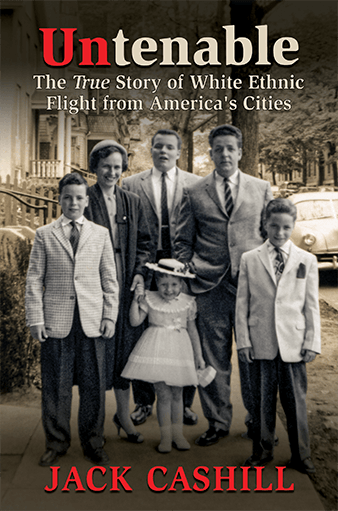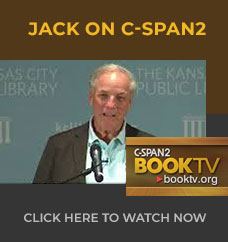 In a November 2021 press conference, Grio reporter April Ryan asked Transportation Secretary Pete Buttigieg a question that seemed to make sense to him, if to no one else.
In a November 2021 press conference, Grio reporter April Ryan asked Transportation Secretary Pete Buttigieg a question that seemed to make sense to him, if to no one else.
“Can you give us the construct,” Ryan asked, “of how you will deconstruct the racism that was built into the roadways?” To his credit, I suppose, Buttigieg had no trouble distilling the road construction question lost in the morass of Ryan’s amateur deconstructionism.
Responded a self-assured Buttigieg, “I’m still surprised that some people were surprised when I pointed to the fact that if a highway was built for the purpose of dividing a white and a black neighborhood…that that obviously reflects racism that went into those design choices.”
Overlooked in Mayor Pete’s response was the quietly subjunctive “if.” Although the notion of a “racist highway” has become accepted wisdom in Democratic circles, Buttigieg pulled his punches. And well he should have. In researching my forthcoming book, Untenable: The True Story of White Ethnic Flight from America’s Cities, I was able to identify any number of highways that damaged ethnic neighborhoods, including the New Jersey neighborhood in which I grew up, but none that divided white from black.



